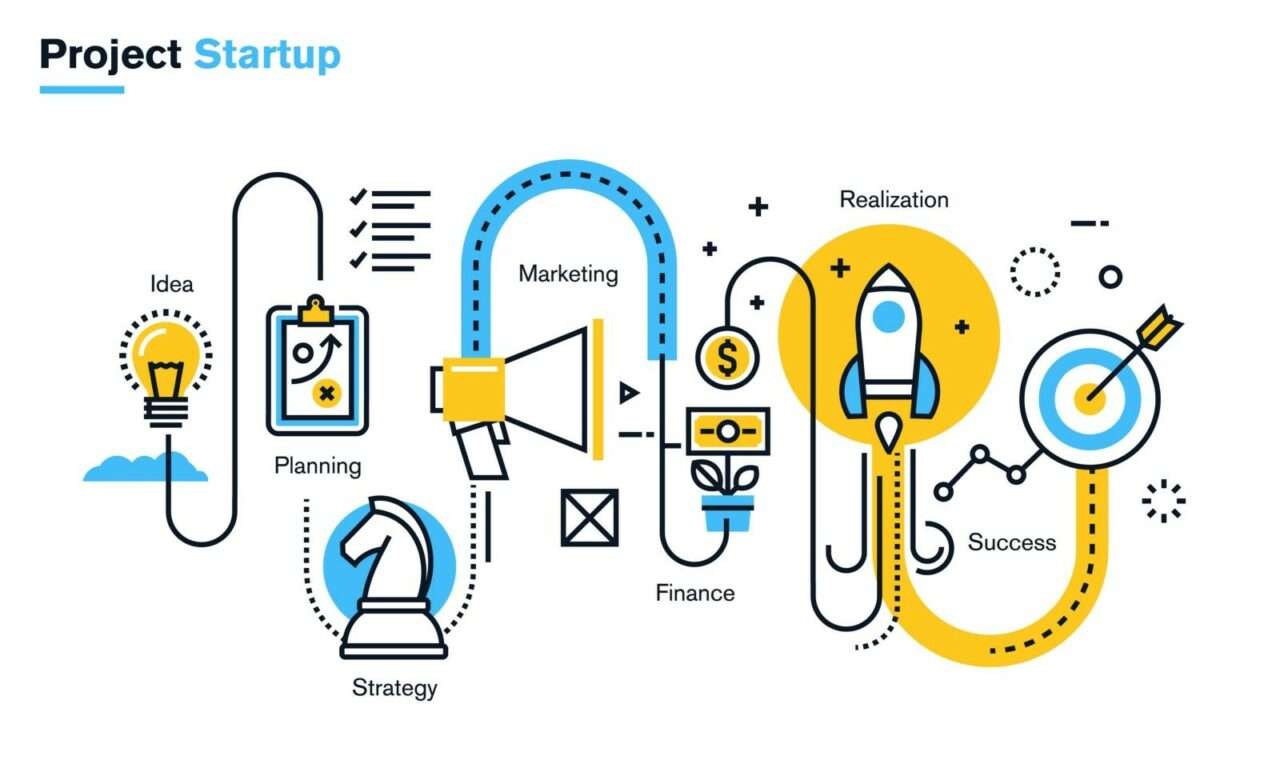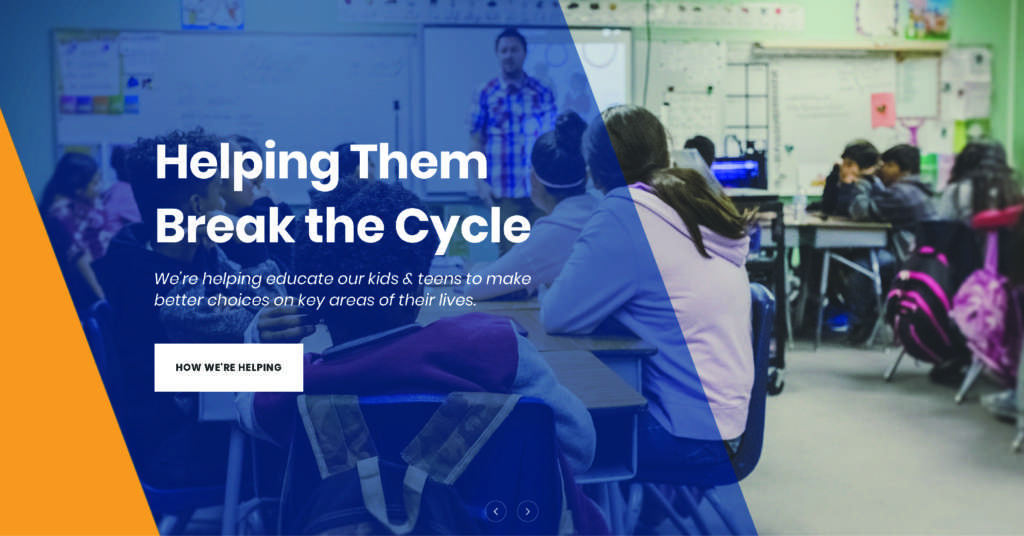Project management tools and techniques that really work; that’s the problem statement. We live in a world where we are bombarded with different scenarios and projects in our daily work life. Eventually, these variables affect us to the extent that productivity suffers at multiple levels. We simply can’t wrap our heads around such complexities, even if we have a proper strategy or a leader with an effective mindset that can help us get through that ordeal.
These strategies and tools are properly necessary so that we can get the job done without spending more and more of our revenue and manpower, because if we spend that much energy on work activities without a proper direction in mind then we are in for serious trouble down the road.
In this brief article, we will help you study some effective tools and techniques which can be used in different fields of the organizational culture that facilitate you in creating an efficient strategy and successfully delivering a top-notch project.
Complete projects
5x faster!
Start with nTask today. >
*100% free to get started. No credit card required.
Or sign up using:
Project Management Techniques

When it comes to project management tools and techniques, you don’t have just one technique or foolproof tool that you can use in every project of every organization. Your decision about which one to choose should arise from the project specifics that the brief contained, the complexity level that the project boasts, the nature and qualification of the team involved in the development, and countless other factors.
Most of the project management tools and techniques can be used in various fields, but there are techniques that are natively designed for specific activities and these activities or projects really can’t function properly if they don’t have the foundation of those tools.

-
The Best Project Management tool for Businesses
Use it for personal or team productivity. nTask offer unlimited workspaces, tasks, teams and projects.
- Get Started for Free
Given below are some of the most noteworthy project management techniques that are commonly used in the industry right now.
1.
Classic technique
We often think that completing a project or an assignment in our work-life requires the latest and the most complex tools and techniques so that we can achieve tangible results and for the most part is true but for all those other times the traditional and simplest techniques are the most appropriate for effective development in projects.
The classical technique in project management is an amazing procedure that includes a proper plan to cover all of the upcoming work activities, which tasks are to be performed, and what should be the chain of application that defines which task to do first, allocating proper resources to the tasks according to their importance, providing and receiving proper feedback from the team which helps in team building and also monitoring the quality of the work done and how are the deadlines being met by the team.
nTask has incorporated this technique in the app where you can create simple tasks for your teams and set actual and planned deadlines. You can also prioritize the tasks based on their urgency or dependencies.

Where to use: The Classical procedure is amazing for running projects that are performed by a team that is small in number because a larger team with a complex strategy isn’t required.
2.
Waterfall technique

The waterfall technique is also considered a traditional project management tool because it builds on the upper mentioned Classical approach and takes it to a whole new level.
As the title suggests, the Waterfall technique is based on your project management tasks to be dealt with in a properly sequential form where the next task is only performed and performed well when the previous task has been completed. Just like a waterfall, the tasks flow to the desired direction smoothly but only if they are completed in a sequential form.
If you are working on a complex project with a lot of dependencies you can easily tackle the management of such kind of project using Gantt charts of nTask.

The projects are very properly monitored while using this technique and all the steps are accountable and are actually evaluated to confirm that the process is seamless and without any issues or worries. Gant charts are also used to clearly display a visual representation of all of the phases that the tasks go through and all of the dependencies involved in the project.
Where to use: The waterfall technique is an amazing technique that is used for complex projects that can not be dealt with by the classical approach. This is because of the fact that phasing is required in the development and if you really want to deliver a successful project then a properly rigid work structuring is required.
3.
Agile Project Management

The project management technique that is the most famous and is quite outstanding in its application because it deals with projects in a way quite different from other traditional procedures is the Agile Project Management technique.
The Agile approach is basically crushing the big project steps into shorter sprints that help in a detailed analysis of the whole process during the development stage. This detailed analysis helps in effective and adaptive planning according to the needs and changes required in the project as it gains a proper shape.
All of these activities result in a solid continual improvement during the developmental stage, and also the teams become more organized and collaborative inclined to produce the best results possible.
The Agile frameworks commonly include different techniques such as Scrum, Kanban, FDD, and DSDM, etc.
Where to use: The Agile project management technique is used in projects whose development unravels in short but precise increments performed by small but highly collaborative teams.
As the Agile management procedure is so famous that, today, there are a lot of projects and work management software tools that will help you embed Scrum and Agile into your project and help you complete the development process with ease.
With Apps like nTask, you can configure different levels of your work structure which is quite convenient in tough situations, and also track long and short-term deadlines to keep your team on track. They can also show you the estimated work strategy for a specific project during the planning process and even create a Kanban board that effectively monitors all of the work progress your team has made so far.

Basically, what these software tools do is that allow you to envision your project being performed by the Agile method and visualize the structure so that you can achieve good results.
4.
Rational Unified Process (RUP)
RUP is an amazing framework that was specially designed for the software market where the software development teams and the projects they work on, can benefit from this framework and achieve the best results possible.
Rational Unified Process prescribes implementing a sequential or iterative developmental process like the Waterfall technique, but with a slight change as the feedback which is collected for the betterment of the project in all future iterations and modifications, is taken from the direct product users.
Where to use: The RUP procedure is applied to software development projects where the whole process is broken down into pieces and also where the end-user input and satisfaction is a key factors of the project.
5.
Program Evaluation and Review Technique

Program Evaluation and Review Technique (PERT) is an incredible software management technique that is very widely used in a lot of different areas and industries. The way this technique works is that it facilitates the project with quite complex and amazingly detailed planned scenarios that help the development team to properly visualize the whole process and their end results on PERT charts.
The main feature that this technique has is that it performs an effective analysis of the tasks that are performed within the project. That helps the team to keep track of all of their developmental activities and fix their weaknesses.
This technique was originally designed by the US Navy during the Cold War era which helped them to increase the efficiency of the work activities that were being performed in developing new technologies.
Where to use: Program Evaluation and Review Technique is best suited for those large and long-term projects where there a lot of non-routine tasks with ever-changing stakes. Also, the requirements for these projects can change according to the circumstances or a number of factors but PERT can handle them just fine.
6.
Critical Path Technique
The Critical Path Technique is an amazing procedure that is used for projects and different tasks to schedule and plan the work activities, according to the requirements mentioned in the project brief. This technique is also in conjunction with the Program Evaluation and Review Technique method mentioned above.
This is an incredible technique that is used to detect and confirm the longest path for the tasks to be performed. This means that the activities that are supposed to happen on a certain trajectory have their critical importance highlighted so that the tasks can be individually performed and not in a sequential form.
This critical importance that technique finds out is helpful because then the development teams can control the project by playing head-on and complete the critical tasks first. This saves them precious time and they can complete the project with relative ease, once the more important work is out of the way.
Where to use: Critical Path Technique is more commonly used for very complex projects that have a lot of different tasks. And the development team has no idea what to complete first so that they can meet the deadlines and complete the project in a good time without wasting precious time and energy on doing everything at once, which generally results in them completing nothing. This procedure is generally used in areas like construction, software development, defense, and others.
7.
Critical Chain Technique
Critical Chain Technique is an incredible derivation from the PERT and Critical Path Methodologies of project management. It has a more relaxed approach in terms of task orders and scheduling and suggests that there should be more flexibility while allocating resourcing to different tasks and more attention to analyze how the work time is being spent by the team on different project activities.
The CCT suggests that the work should be done on the basis of prioritization and also the dependencies relative to the project should be analyzed properly while the time spent on different activities should be optimized more carefully.
Where to use: Like the Program Evaluation and Review Technique and The Critical Path Technique, the Critical chain Technique is used in very complex projects. As it shines a more prominent light on how the team spends their time and revenue, it is best suited for projects where the resources are limited.
8.
Extreme Project Management (XPM)

Extreme Project Management technique has a more loose and optimistic approach when it comes to planning a project. It insists that the approach should be open and there should be a reduction of formalism in the company’s culture and the behavior of the management should not be stern and deterministic.
Where to use: XPM technique is commonly used in large projects where the complexity and uncertainty are high. This is because there are a large number of uncertain and unpredictable factors involved in the project that need to be addressed.
9.
Kanban System

The Kanban System is the Agile methodology approach that helps to visualize the project management workflows from “Start” to “Done” status columns. It gives you the ability to map the workflow and put a limit to work in progress. Many people use notebooks, or display boards on the wall to move the cards along the work stages, but there are many useful Kanban Tools that can do this job more efficiently.
While using this technique of project management, you have full freedom to customize the name of the work stages that best fit your use case. Project management tools like nTask offer pre-built Kanban Board Templates that are easy to get started from users across any industry.
Another benefit of this methodology is that there is no need to have a scrum master to manage the work assigned, the whole project team is responsible to make timely deliveries.
Where to use: Kanban can be used for any project from small gigs to personal task lists, consultant bookings, to even large-scale software development projects. It is more useful to implement in any organization that has the less technical staff, so it is easy to adapt.
Project Management Tools
While the techniques are important, you also need specific tools that you can use to properly implement during the development page and achieve your desired results. Here is a list of tools that you can use during project management.
1.
Organizing Workflow & Planning

The most important part and the literal start of any project is the planning stage which is basically the core of the whole process. This step defines who a project will be performed and how will it take shape so that the desired quality can be ensured and achieved in the future.
Large companies tend to use comprehensive solutions like MS Project that are designed for larger teams. For smaller teams though, it’s a different story. There are a lot of different alternatives on the market which you can equip yourself with that don’t have all of the fancy features of those comprehensive solutions, but they still get the job done with their planning and roadmap features, useful for visualizing future project progress.
Also See:
The Top 20 Team Management Software of 2022
2.
Communication

As it is a major factor in almost all of the techniques and methodologies in not just the project management context but also in other fields of the market, communication within a project team needs to be frequent and effective. You can use emails for all of the formal stuff, but you can also use applications like Skype and Slack for impromptu conversations among team members which will increase team collaboration resulting in positive growth in productivity.
3.
Scheduling and Time Management

Money is the top factor in the development of a project or anything really. And while in certain projects you are allowed to spend more resources and time quite thoughtlessly, you have to be careful in the other projects where you spend the revenue.
This is because of the limited resources and time, that the project has from the start and also because you should not spend valuable resources on teams and equipment that might not even be available when you are envisioning the work to be done. So, you should always schedule ahead and clarify/ confirm the dates with all of the team members before spending all of the revenue on an empty room full of resources but no manpower.

nTask provides you with a scheduler and a time management tool that can keep track of time spent on specific tasks by the individual team members and all of the relevant time stamps inputted by the staff, so you can schedule accordingly. Utilizing these project management tools and techniques can be a lifesaver.
Summary
Project Management is an amazing field of work as it has a number of different project management tools and techniques which let you effectively analyze and control your project as you want while keeping a keen eye on multiple dependencies and key factors to get the desired results that will benefit your business and impact your business metrics. The article explained the project management techniques that help in project initiation, project execution, project monitoring, and project close stages.
Project management tools and techniques define the workflow and how the project will take shape but it’s always up to the tools to execute those techniques and help you get those sweet results. So, get exploring and find the right tools and techniques to benefit your project.
Ready to
up your game
with nTask? >
*100% free to get started. No credit card required.
Or sign up using:



